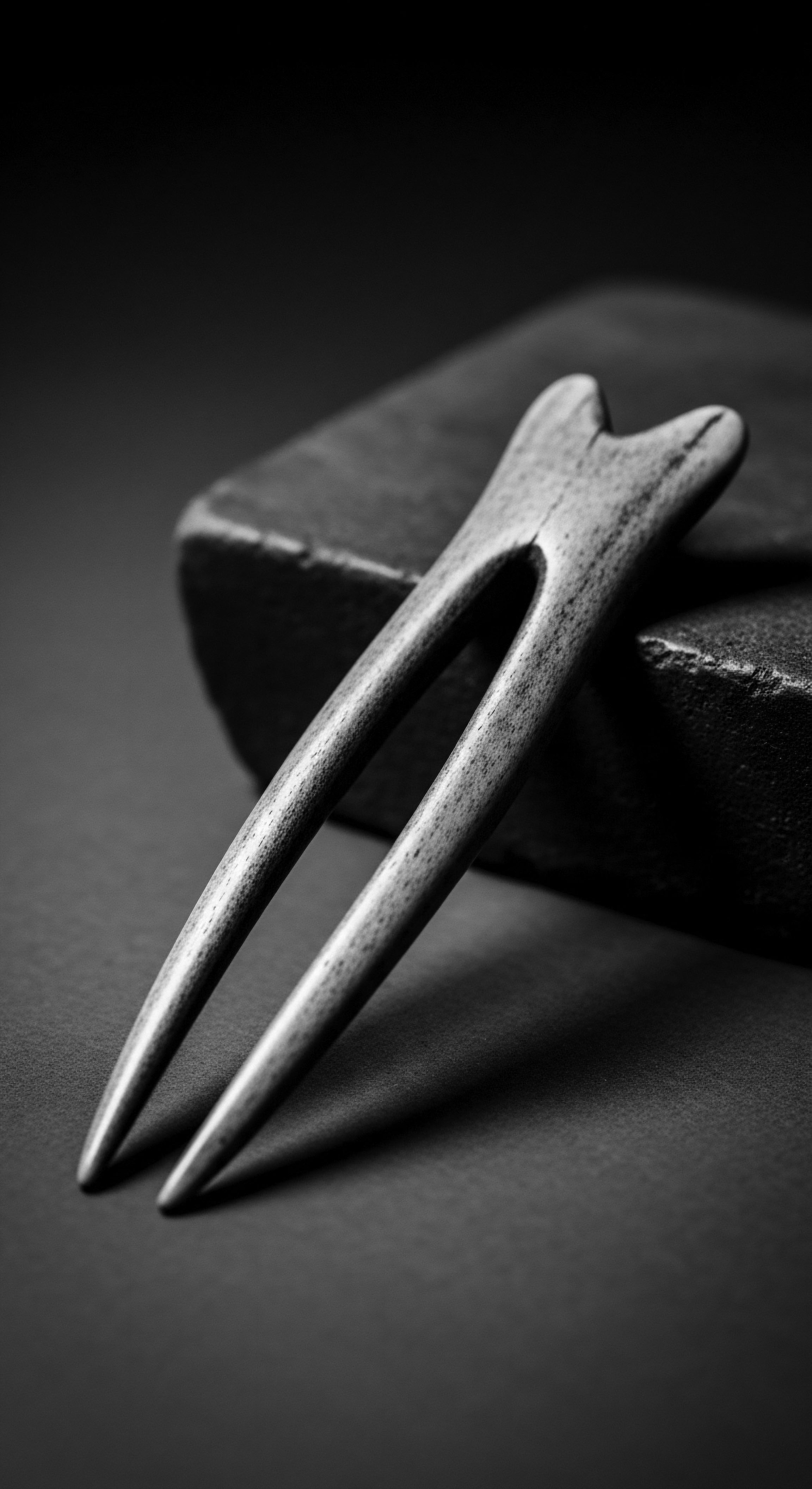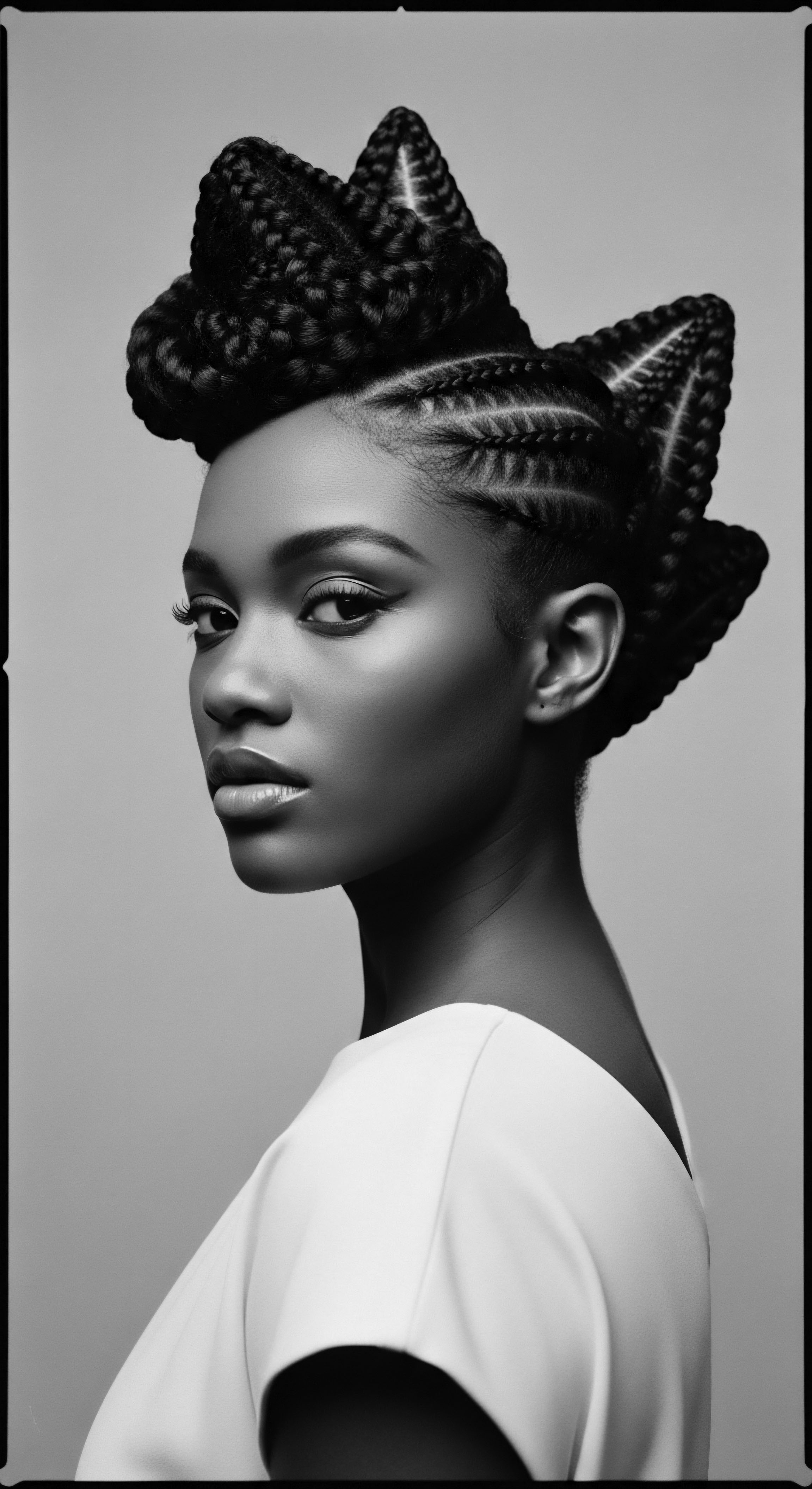
How does urban pollution impact the structural integrity of textured hair today?
Urban pollution impacts textured hair by weakening its structure through oxidative stress and cuticle damage, exacerbating its natural porosity and defying ancestral care traditions.
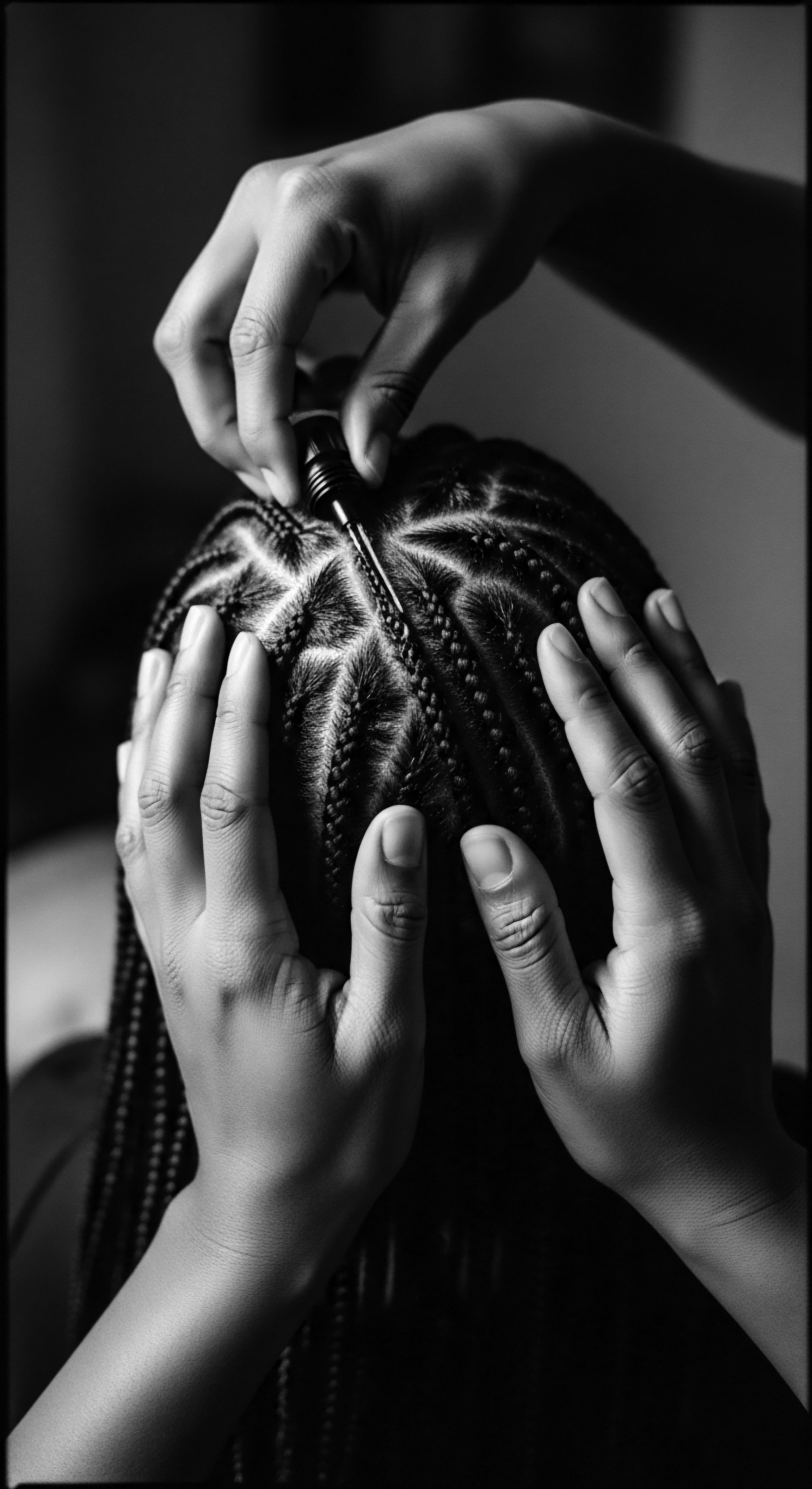
Weathering Concept
Meaning ❉ Weathering describes the progressive deterioration of the hair shaft from root to tip due to environmental and cosmetic factors.
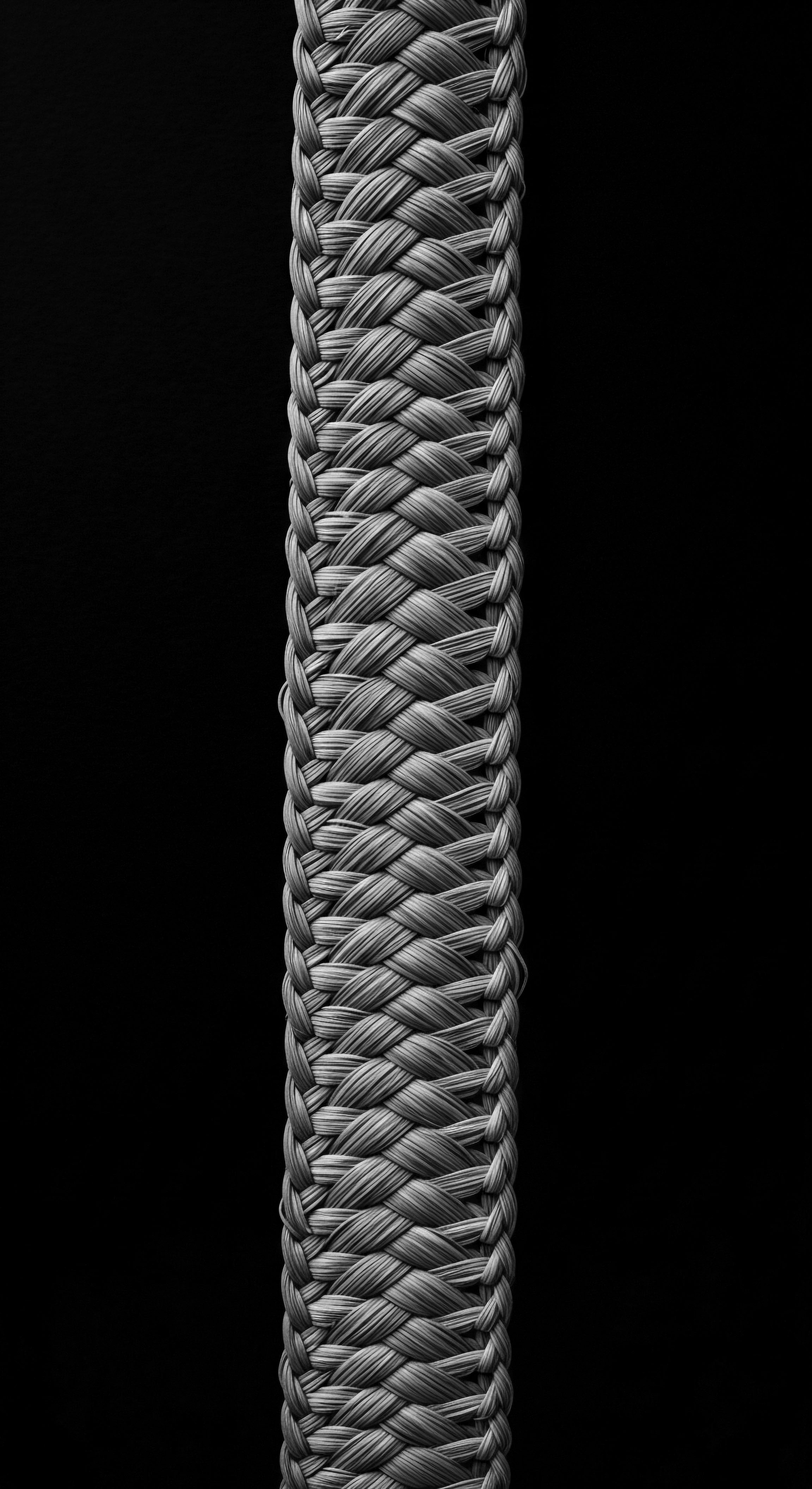
Hair Structure Damage
Meaning ❉ Hair Structure Damage refers to any physical or chemical degradation of the hair shaft's integrity, often linked to historical and cultural practices in textured hair.
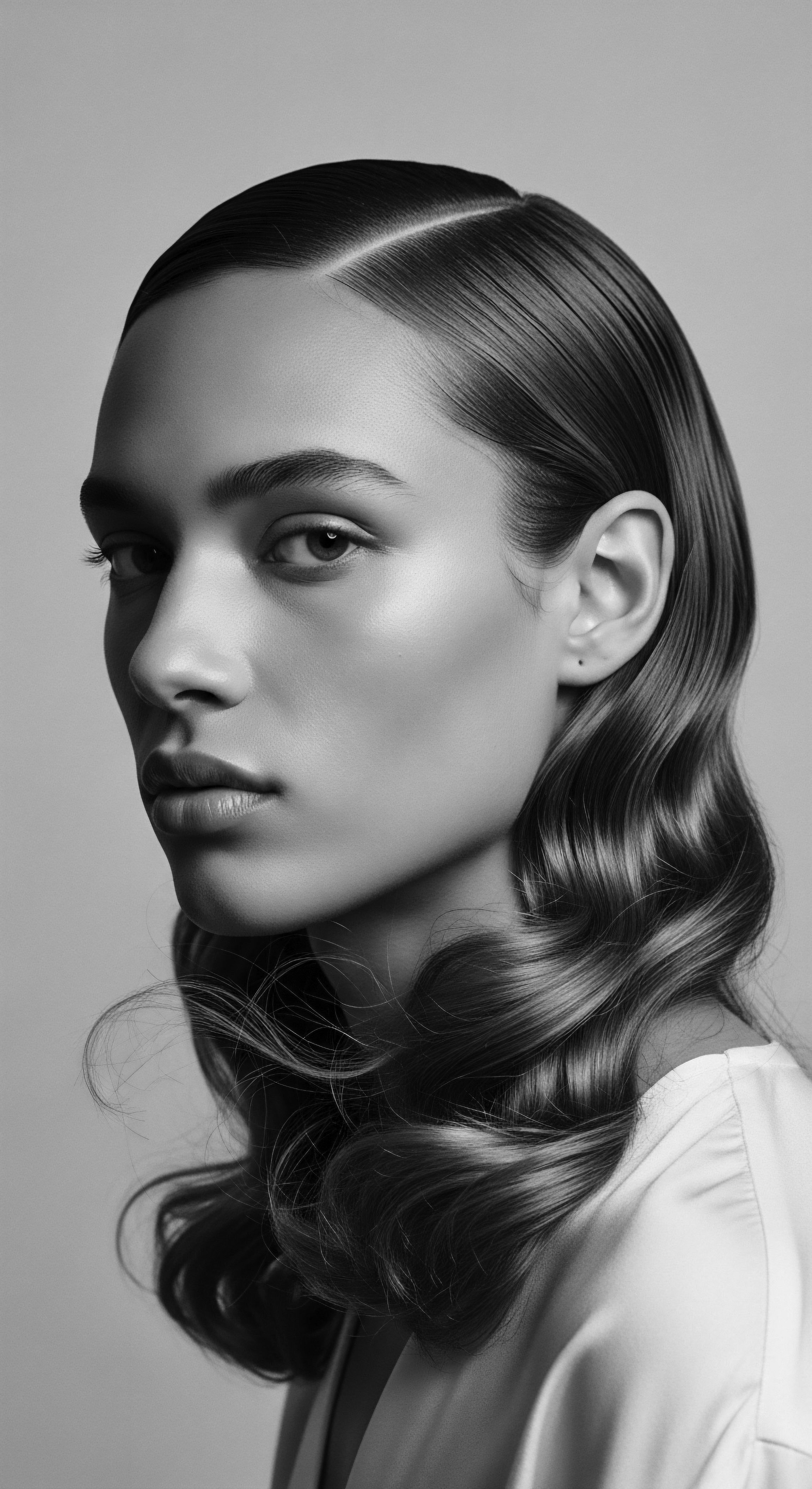
Friction Science
Meaning ❉ Friction Science is the study of how hair strands interact with surfaces and each other, profoundly impacting textured hair health and validating ancestral care practices.
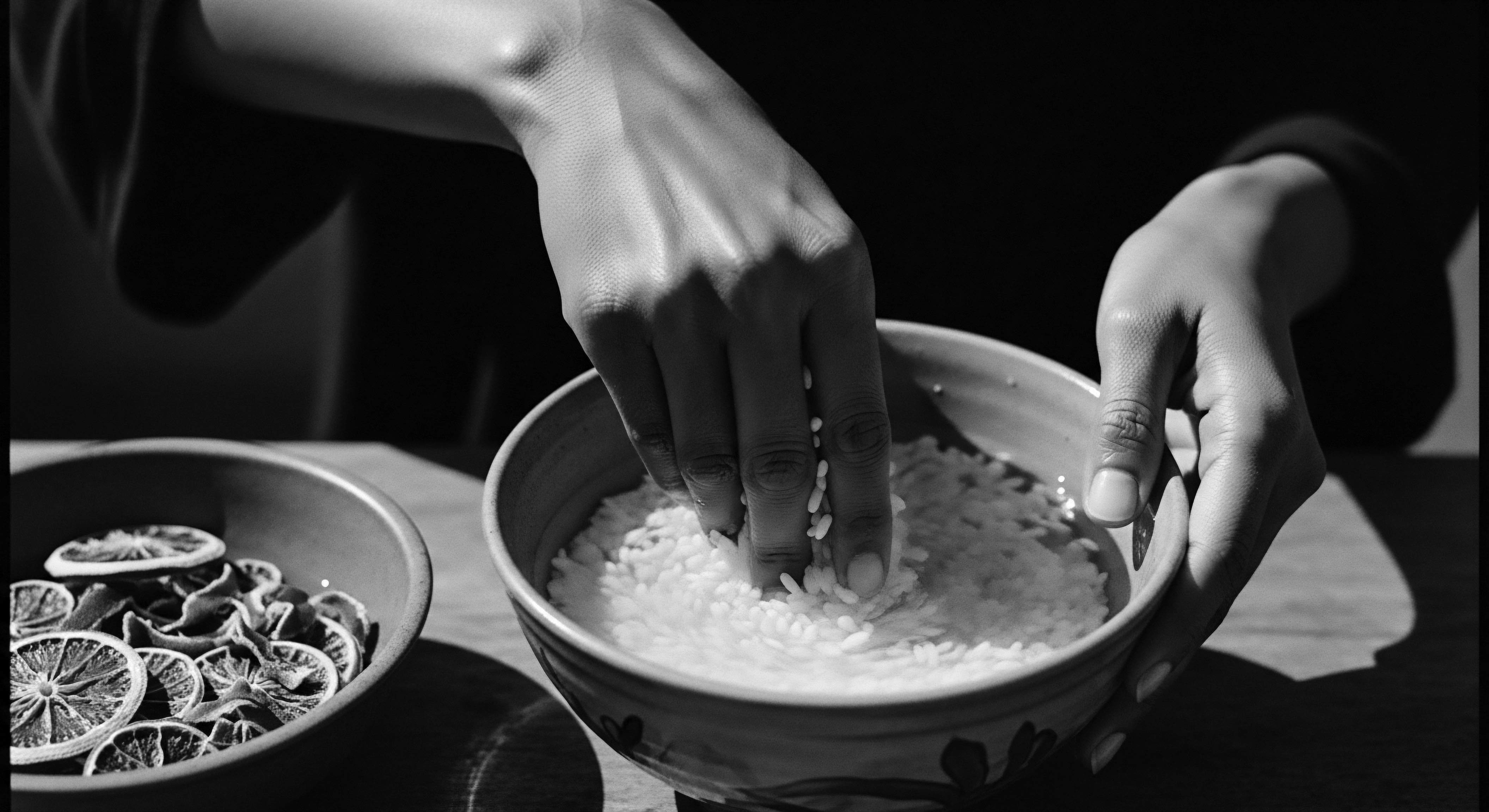
Hair Protein Loss
Meaning ❉ Hair Protein Loss is the degradation of keratin within hair fibers, significantly impacting the strength and vitality of textured hair, often linked to historical care practices.
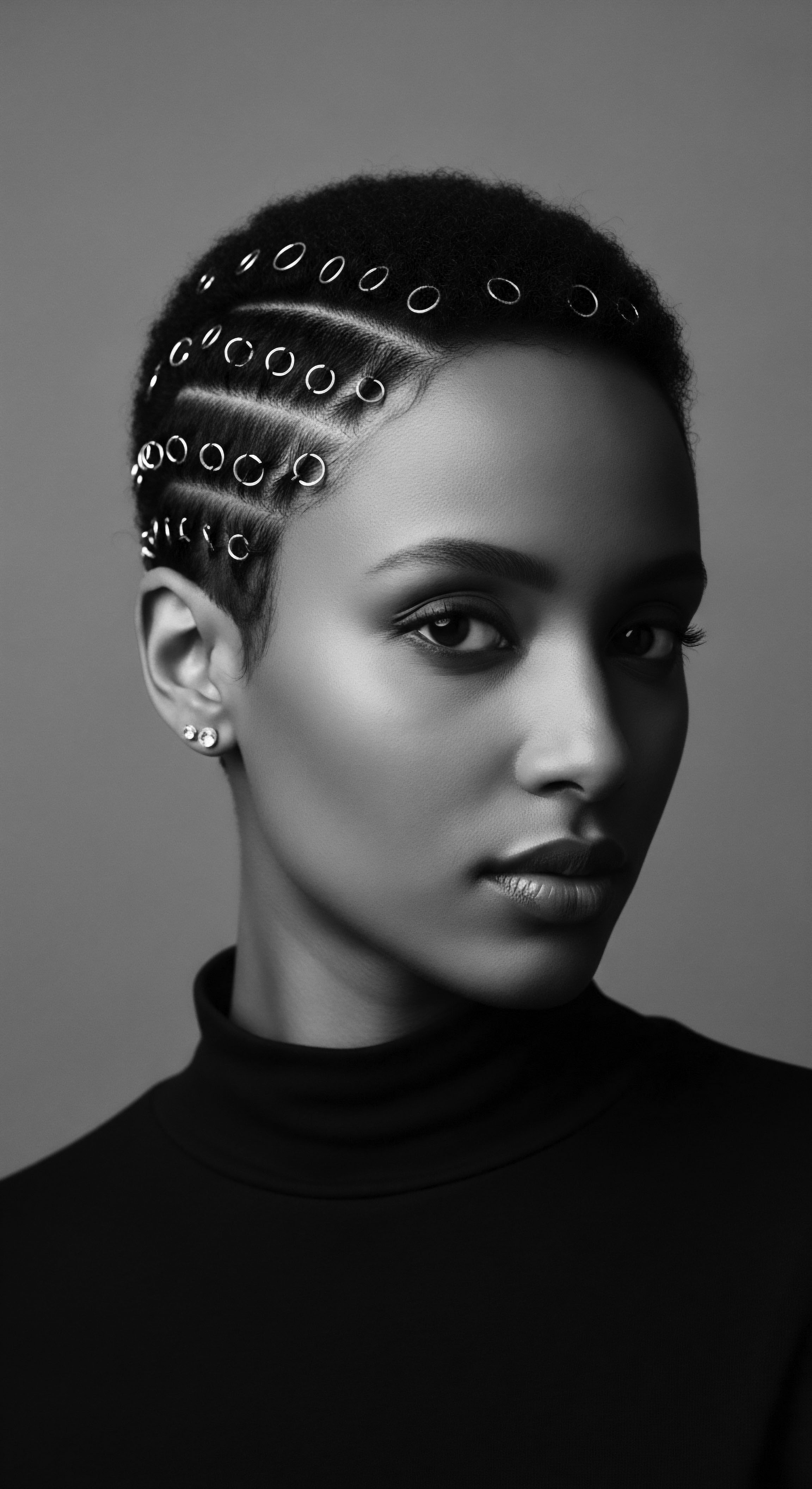
Hair Friction
Meaning ❉ Hair Friction defines the resistance between hair strands and surfaces, a key factor in textured hair health, profoundly shaping its historical care and cultural identity.

